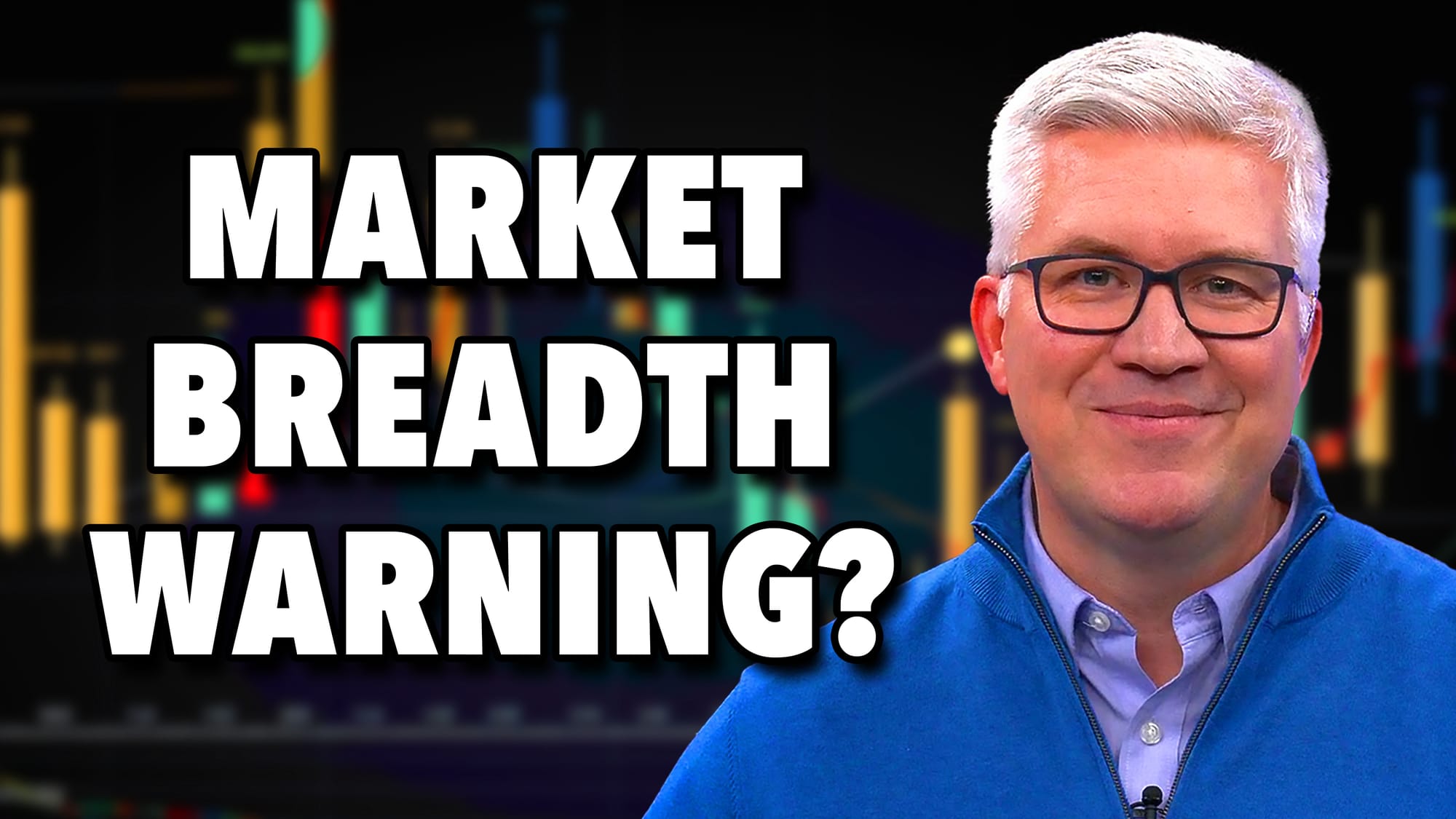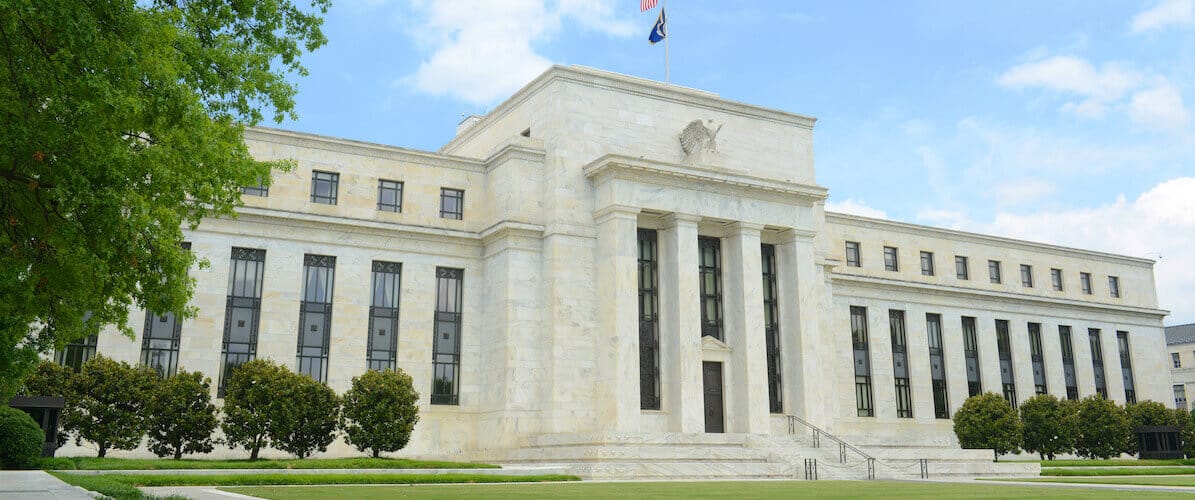CONSUMER STAPLE LEADERS INCLUDE COORS, HERSHEY, AND KELLOGG -- WHY CONSUMER STAPLE LEADERSHIP ISN'T A GOOD SIGN FOR THE MARKET
CONSUMER STAPLES ARE HOLDING UP RELATIVELY WELL ... One of the well-known market maxims is that consumer staples generally hold up better than the rest of the market in a market downturn. That has certainly been the case recently. Not the consumer staples haven't lost money over the last month. It's just that they lost less than the rest of the market. Which brings us back to the concept of "relative strength". The price bars in Chart 1 belong to the S&P 500 Consumer Staples Index (through Thursday). The solid line below the price bars is a ratio of consumer staples divided by the S&P 500 (or a relative strength line). That line rose last week. In other words, consumer staples didn't fall as far as the S&P. Staples are generally considered to be defensive in nature. That's because the sector is made up of beverages, food, and household products that people use no matter what the state of the economy. Given the market's recent selloff, I thought this would be a good time view some of the stock leaders in this group over the last month.

Chart 1
MOLSON COORS TOPS THE LIST... I recently showed this brewer breaking out to a new record high. I'm showing it again because it's the top performer in the consumer staples group over the last month. The monthly bars in Chart 2 show the bullish breakout. Equally impressive is the fact that its relative strength ratio has broken a four-year down trendline (green arrow). Another brewer that's held up well is Anheuser Busch. The monthly bars in Chart 3 show that BUD is in the process of challenging its record high near 52. Its relative strength ratio, which declined from 2002 to the end of 2005, is starting to climb as well.

Chart 2

Chart 3
KELLOGG NEARS NEW RECORD ... Kellogg is another staple leader than appears on the verge of reaching a new record high. The monthly bars in Chart 4 show the stock having cleared its 1997 peak at 45. Its relative strength line has been trading sideways since 2002. That means it kept pace with the S&P 500, but wasn't a leader. At least not until the last week. The daily bars in Chart 5 show Kellogg jumping over the last week (as the rest of the market fell) and in the process of testing its recent highs at 50.70. Its relative strength line, which had been dropping since last summer, has turned up. That's what happens with defensive stocks. They do best when the rest of the market doesn't.

Chart 4

Chart 5
LOG SCALE WORKS BETTER FOR HERSHEY ... Hershey Foods qualifies as another consumer staple leader. The monthly bars in Charts 6 and 7 show the long-term uptrend in the stock. With one important difference. And that difference is the six-year up trendline. Notice that the rising trendline is Chart 6 is nowhere near the price action. The trendline in Chart 7, however, touches the recent low (second arrow). The reason for the more useful trendline in chart 7 is that it uses a logarithmic price scale, as opposed to the arithmetic scale in Chart 6. Log scales are based on percentage changes instead of absolute ones. That's why the differences between the prices in Chart 7 get smaller as they get higher. From my experience, trendlines drawn on long-term monthly charts work better with log charts. The main point of Chart 7 is the HSY has been in a downside correction for the last two years, but is bouncing off long-term trendline support. The daily bars in Chart 8 show the stock rallying to a seven-month high. Its relative strength ratio started rising a month ago. Some other consumer staple leaders over the last month are Avon Products, CVS, Dean Foods, and Estee Lauder. It's worth noting that consumer staples start showing new leadership toward the end of economic expansions and bull markets.

Chart 6

Chart 7

Chart 8
STAPLES USUALLY DO BETTER NEAR END OF BULL MARKETS ... Certain sectors do better than others at various stages of the business cycles. Energy and and commodity-related stocks do best in the late stages of an economic expansion. After they start to weaken, money starts flowing into more defensive sectors like consumer staples. That's when consumer staples start to show new leadership. Chart 9 is a ratio of the S&P 500 Consumer Staples Index divided by the S&P 500. The ratio peaked at the end of 2002 as the bear market in stocks was ending. Staples have done much worse than the S&P during its four--year bull market. The ratio bottomed in the spring of 2006 (during last May's market correction). The latest dip in the ratio has stayed above last year's low and is starting to bounce again (second up arrow). Notice also the broken down trendline. It's too soon to call that a bottom. For that to happen, the ratio would have to exceed last year's high. But that is how bottoms start. At the very least, the flattening out of the ratio makes the defensive group more attractive and is a warning of an aging bull market. Chart 10 compares the Staples/S&P ratio (red line) to the S&P 500 (green line) for ten years. Notice the inverse relationship. That's why it's a warning sign for the market when consumer staples start showing new leadership.

Chart 9

Chart 10












